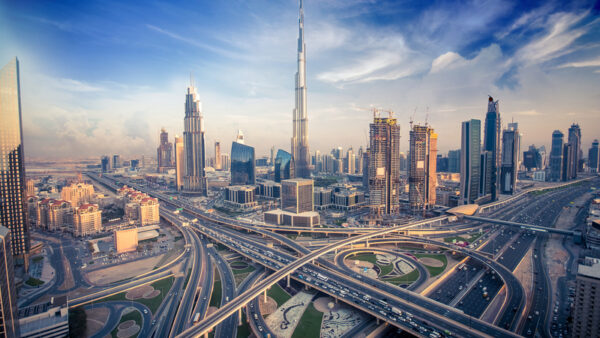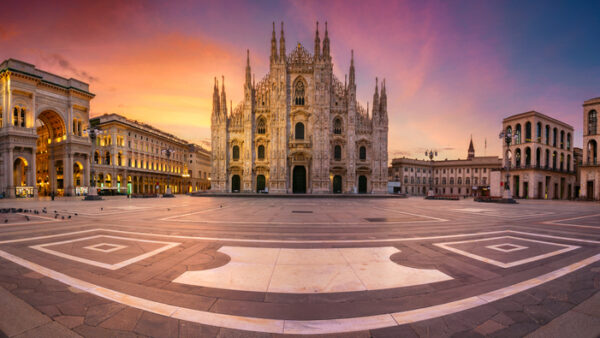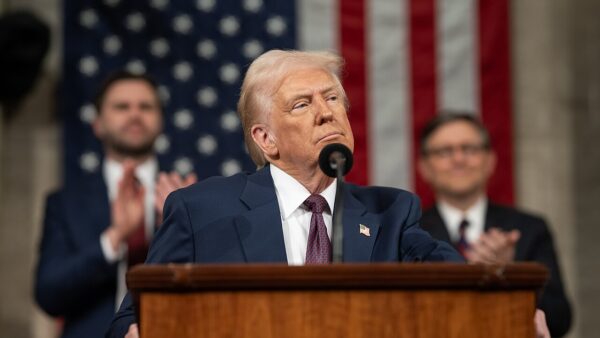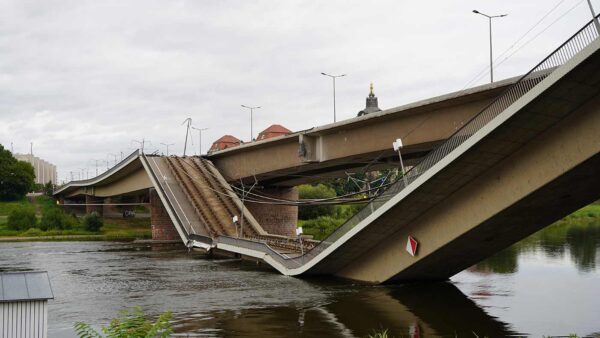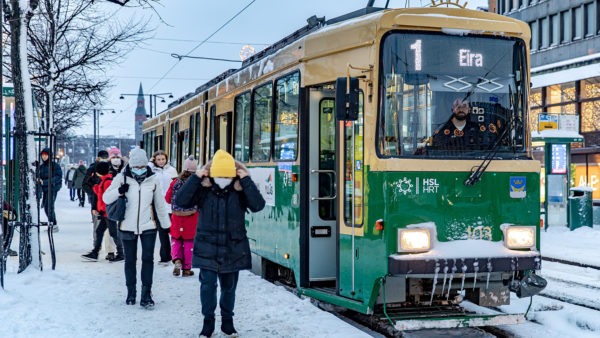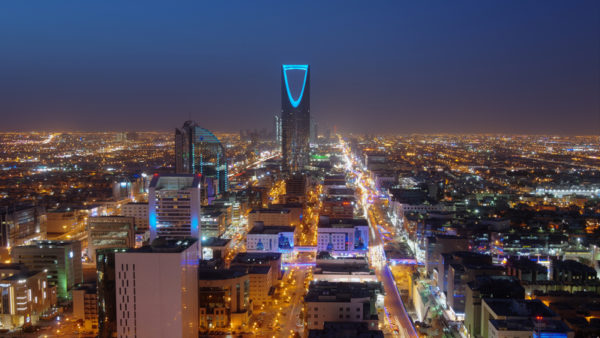After several years of strong economic growth, Indonesia is finally building infrastructure – and not a moment too soon
Typical! You wait years for a decent mass rapid transit system, then two come at once.
That’s the story in the Indonesian capital of Jakarta right now as authorities scramble to ease terrible traffic congestion after decades of under-investment in infrastructure.
According to stats compiled by MRT Jakarta, the state company formed to deliver one of the rail systems, the city’s road network has grown by just 1% per year, while at least 1,000 new cars queue up to enter its clogged arteries every day.
At this rate, the city of 9.6 million will be in permanent gridlock by 2020, the agency says. Drivers would have to just abandon their cars and walk home, and the annual economic loss would be $65bn per year.
So something needed to be done – but two at once?
The first proposal is for a 110km mass rapid transit (MRT) rail system running north-south and east-west, costing an estimated $1.5bn, funded mainly through loans from the Japanese government.
It has been under consideration since the 1980s, but by the end of 2016 MRT Jakarta hopes the first, 16km stage of the north-south line will be complete, with 13 above- and under-ground stations.
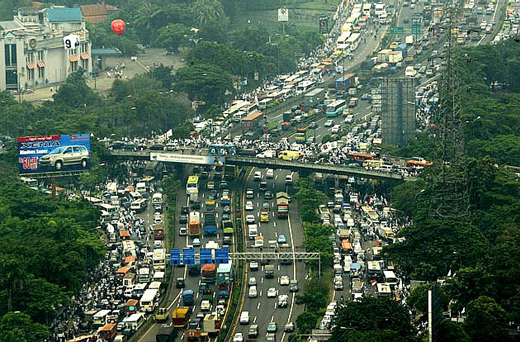
Authorities worry that unless something is done, permanent gridlock will set in by 2020
October 2012 was the deadline for pre-qualification bids for the EPC/Turnkey contract, and only Japanese contractors, or Japanese-Indonesian joint ventures, were invited to apply.
The second, and more controversial, proposal is for a $927m monorail system envisioned to run 54 km in and around Jakarta, carrying more than 190,000 passengers daily.
This is a private-investment-led project with a troubled history.
Some of Jakarta’s streets are already studded with concrete pillars erected during an earlier attempt, before construction was abandoned in 2008 due to a funding shortfall.
But recently the Jakarta Monorail (JM) consortium attracted a life-giving $300m cash injection by Singapore investors Ortus Group, and the scheme is back on the agenda.
Indonesia’s deputy transport minister Bambang Susantono told the Jakarta Globe on 15 February that it would never make enough money, but other political heavyweights are cracking the whip to get it moving.
State-owned enterprises minister Dahlan Iskan said approval for its licence would come in March, while Jakarta Governor Joko “Jokowi” Widodo told a public hearing in February that he wanted to see at least one train on the track by the end of this year.
There is a bigger picture: Indonesia has enjoyed nine consecutive quarters of 6% or more growth.
General Electric (GE) made headlines on 18 February by announcing it would spend $300m over five years there in areas including rural health care and deep-sea drilling.
It’s also going to set up a technology skills centre in partnership with Indonesia’s biggest airline and its state-owned utility and oil and gas companies.
GE’s revenues in emerging markets climbed 11%, the company said in January, and it is clearly excited about Indonesia, where President Susilo Bambang Yudhoyono has pledged to build more roads, ports and airports to push economic growth to 6.6% by the end of 2014, an election year.
So things should get better, but not before Jakarta’s motorists descend into more misery as two massive engineering projects get underway at once.

